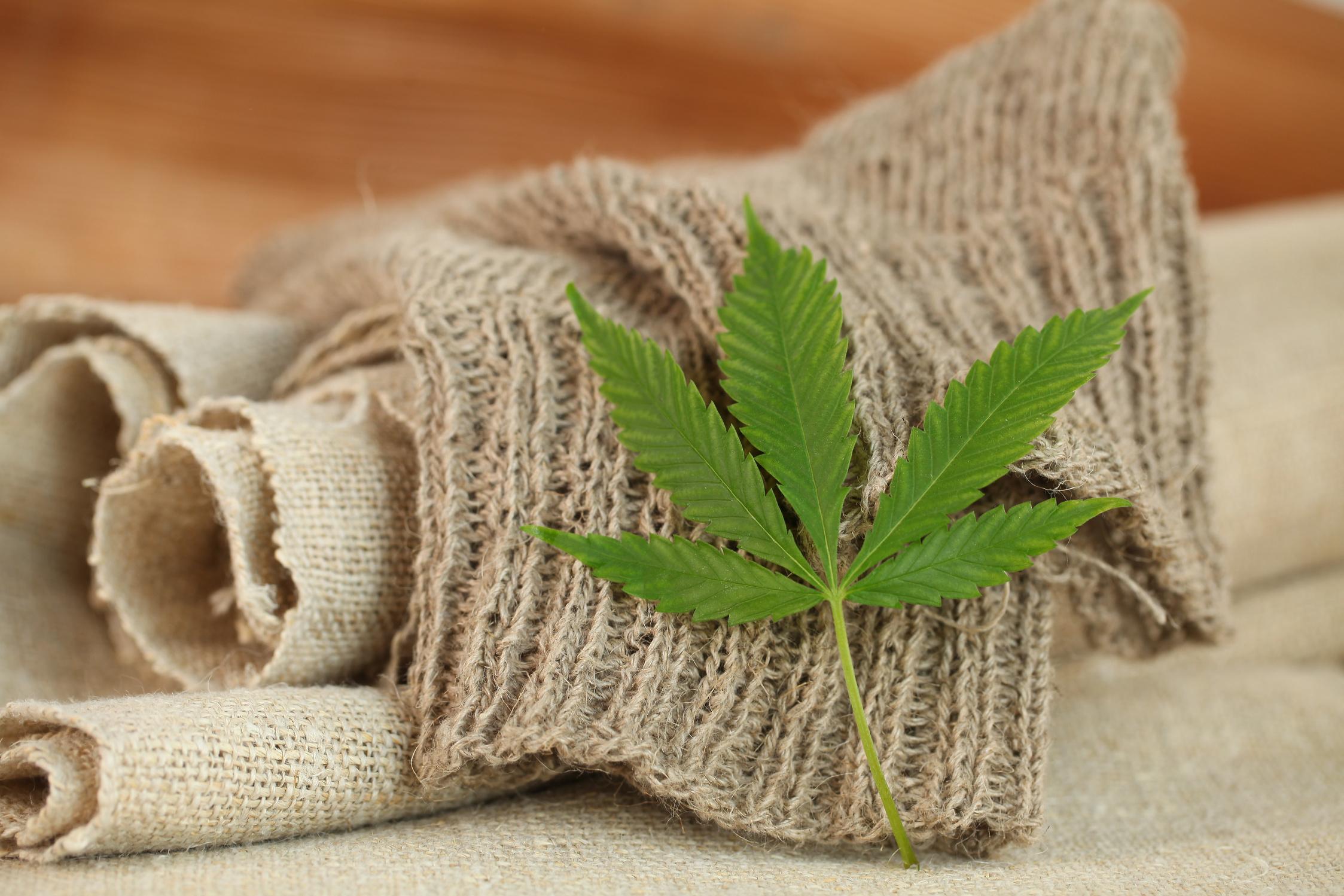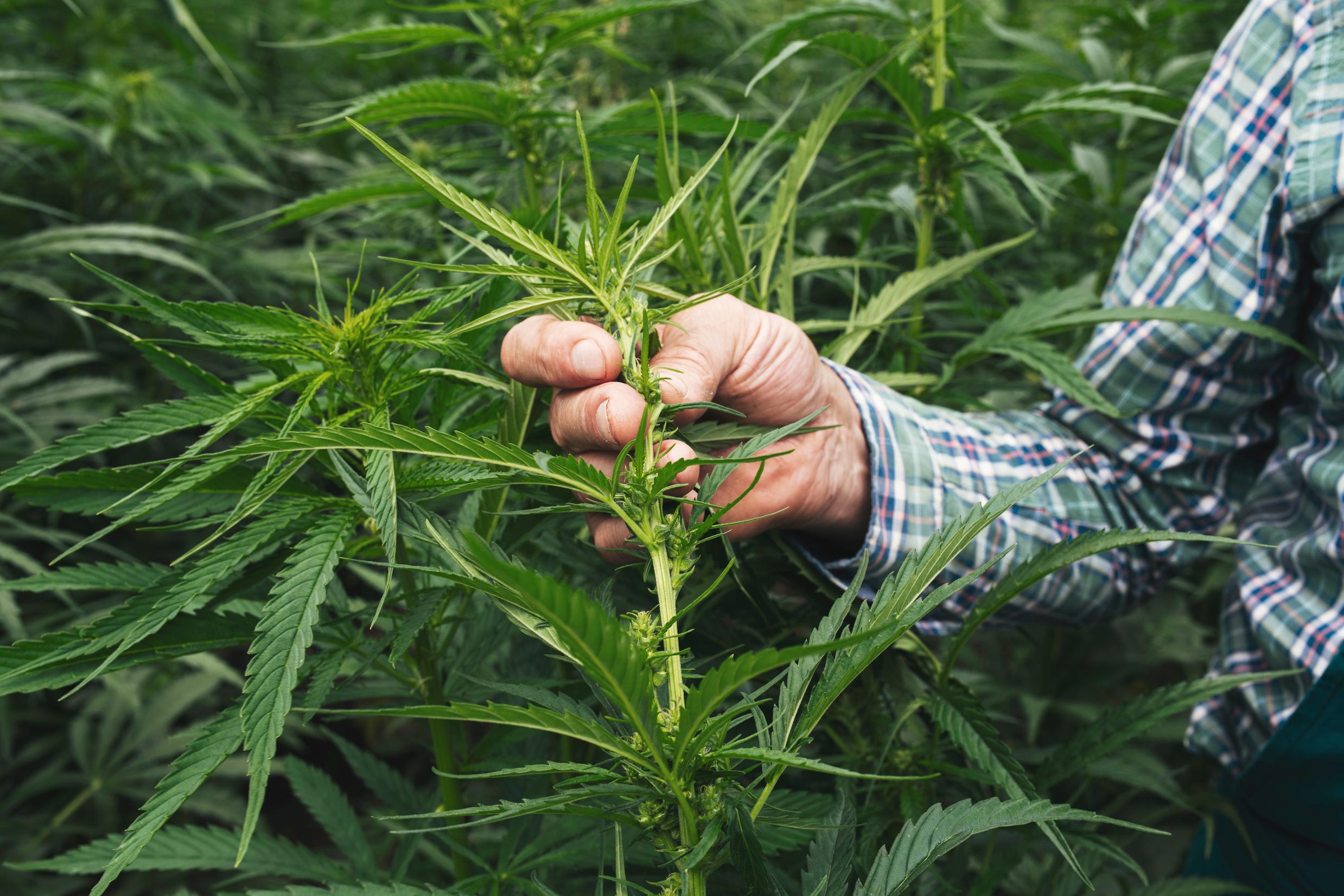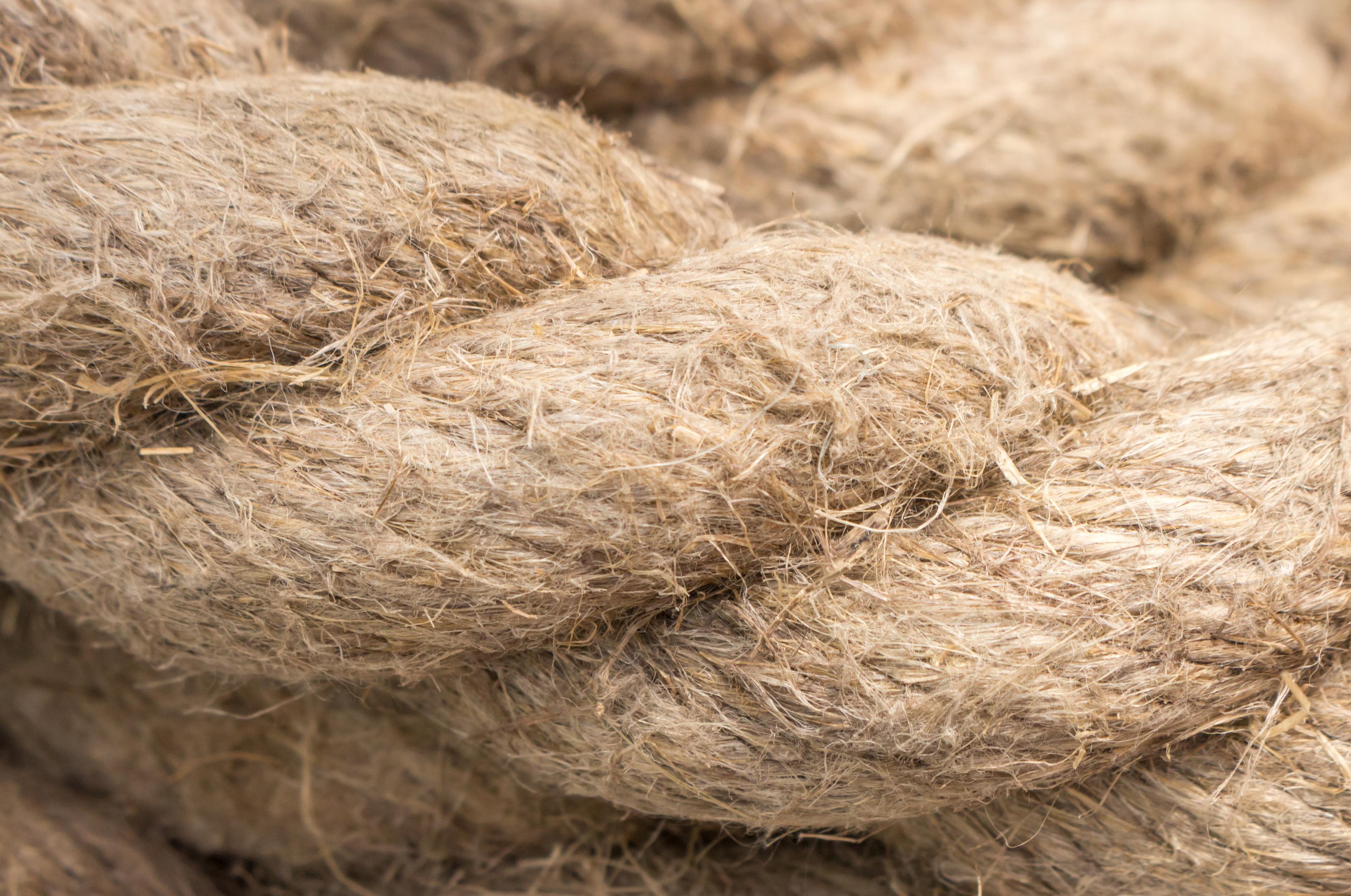
8 minute read
Going Green with Hemp Clothing
by: Hunter Dublin
10 Reasons Why It's Good for You and the Planet
Advertisement

In a world where sustainability and conscious consumption are becoming increasingly important, hemp clothing emerges as a game-changer in the fashion industry. This versatile and eco-friendly fabric offers a plethora of benefits, not only for individuals but also for the planet. From its minimal environmental impact to its health-friendly qualities, hemp clothing presents a compelling case for those seeking a greener and more responsible approach to fashion. In this article, we explore ten compelling reasons why embracing hemp clothing is not only good for you but also for the well-being of our planet. So let's take a look at some of the benefits of adding hemp clothing to your wardrobe.
Did you know hemp clothing naturally filters UV Rays
Hemp clothing offers a unique blend of style, comfort, and health benefits, making it a popular choice for eco-conscious individuals. One remarkable advantage of hemp fabric is its ability to filter UV rays effectively. Hemp fibers have inherent UV-blocking properties, providing a natural shield against harmful ultraviolet radiation from the sun. This feature is especially crucial as prolonged exposure to UV rays can lead to sunburns, premature aging, and an increased risk of skin cancer. By choosing hemp clothing, individuals can enjoy the added protection and peace of mind knowing that their skin is shielded from the sun's harmful rays while still looking good.
Hemp clothing keeps you fresh
Hemp clothing goes beyond its eco-friendly nature by offering unique features that contribute to personal comfort and hygiene. One notable advantage is hemp's ability to resist bacterial growth and prevent odors. The natural properties of hemp fibers make them inhospitable to bacteria, reducing the risk of unpleasant smells caused by microbial activity. This inherent resistance to bacterial growth allows hemp clothing to remain fresh and odor-free even after extended wear. Additionally, hemp fabric excels in breathability, allowing air to circulate freely through its porous structure. This exceptional breathability prevents moisture build-up, which can otherwise lead to the development of odor-causing bacteria.
Hemp is much stronger than cotton
Hemp stands as a true powerhouse when it comes to durability and longevity in comparison to cotton. With its incredible strength, hemp fibers are approximately four times stronger than cotton fibers, making hemp clothing exceptionally resistant to wear and tear. This strength ensures that hemp garments maintain their integrity even after numerous washes, without losing their shape or becoming weakened. Unlike cotton, which may become weakened or damaged over time, hemp clothing remains robust, allowing it to withstand the rigors of daily use and maintain its original quality for an extended period.
Hemp retains color better
When it comes to color retention, hemp surpasses many other fabrics, making it an excellent choice for vibrant and long-lasting clothing. Hemp fibers have a unique ability to retain color exceptionally well, even after repeated washing and exposure to sunlight. The naturally porous structure of hemp allows it to absorb dyes deeply, creating rich and vibrant hues that stay true over time. Unlike some synthetic fabrics that may fade or lose their color intensity, hemp clothing retains its original brilliance, providing a lasting visual appeal. Additionally, the strong and durable nature of hemp fibers contributes to color retention, as the fabric resists fading and maintains its vibrancy even with frequent use and washing.
Hemp is better for the soil
Hemp farming presents a stark contrast to the environmental impact caused by cotton cultivation. Unlike cotton, which depletes the soil of nutrients and requires significant amounts of water and pesticides, hemp offers a more sustainable and regenerative agricultural solution. One remarkable aspect of hemp farming is its ability to be grown consecutively on the same land for over two decades without negatively impacting the soil. In fact, hemp cultivation can even improve soil health as it acts as a natural weed suppressor and its deep roots help prevent soil erosion. Moreover, hemp's dense foliage creates a natural canopy that suppresses weed growth, reducing the need for herbicides. This regenerative quality of hemp farming not only preserves the soil's nutrient content but also minimizes the need for chemical inputs, making it a more environmentally friendly and economically viable choice for farmers.
Hemp uses less water than cotton
Hemp stands out as a water-efficient alternative to traditional cotton farming, utilizing significantly less water throughout its growth and processing stages. In comparison to regular cotton, hemp requires only a fraction of the water, approximately 1/20th, to thrive and reach maturity. This reduced water footprint is attributed to hemp's natural resilience and adaptability to different climates. Furthermore, the cultivation of hemp typically relies on rainfall rather than extensive irrigation, conserving precious freshwater resources. In addition to its water efficiency during cultivation, the processing of hemp fibers also demands less water compared to cotton. This means that choosing hemp products helps to alleviate the strain on water supplies, making it a sustainable choice for those seeking to minimize their ecological impact.
Hemp breaks in better
One of the remarkable qualities of hemp clothing is its unique ability to become softer and more comfortable with each wear. Initially, hemp fabric may have a slightly coarse or stiff texture, but as it is worn and washed, it undergoes a natural process of softening and becoming increasingly pleasant against the skin. This is due to the breaking in of the hemp fibers, which gradually loosen and relax with use, resulting in a smoother and more supple fabric. The more you wear hemp clothing, the more it adapts to your body and becomes uniquely personalized, offering a level of comfort that only improves over time. This characteristic makes hemp garments a favorite among those who appreciate the cozy, lived-in feel of well-worn clothing.
Hemp is highly renewable
Hemp stands as a prime example of a renewable resource, known for its rapid growth and high yield. The growth cycle of hemp is impressively short, maturing in as little as 120 days. This means that hemp can be harvested up to three times each year, allowing for multiple productive cycles. This quick turnaround time contributes to the sustainability of hemp cultivation and its potential for meeting various industrial and textile needs. In terms of land utilization, hemp outshines cotton by producing significantly more fiber. On the same amount of land, hemp can yield 200-250% more fiber compared to cotton. This efficiency highlights the resourcefulness of hemp farming, making it an environmentally-friendly choice for sustainable fiber production. By harnessing the renewable power of hemp, we can reduce our reliance on non-renewable resources and pave the way for a more sustainable future.
Superior versatility
Hemp fabric's versatility knows no bounds, making it a highly adaptable material that finds application in a wide range of products. From the everyday comfort of underwear to the elegant drapes adorning windows, and from sturdy laptop bags to stylish furniture upholstery, hemp can be seamlessly incorporated into various items. Its exceptional qualities make it an excellent choice as a mixing fabric, complementing other materials in blends to enhance their performance. Hemp's durability, breathability, and natural resistance to mold and mildew make it an ideal candidate for combining with other fabrics to create innovative and functional textiles. Whether it's blended with cotton, silk, or synthetic fibers, hemp adds strength, texture, and unique properties to the resulting fabric. This adaptability and compatibility of hemp fabric make it a go-to choice for designers and manufacturers seeking sustainable and high-quality materials for a diverse range of applications.
Hemp clothing is biodegradable
Hemp clothing stands out as an environmentally-friendly choice due to its biodegradable nature. Unlike synthetic fabrics that can take hundreds of years to decompose, hemp fabric breaks down naturally and relatively quickly, minimizing its impact on the environment. When disposed of properly, hemp clothing can undergo decomposition and return to the earth, leaving behind minimal waste. This biodegradability ensures that hemp garments do not contribute to the ever-growing problem of textile waste and landfill accumulation. By opting for hemp clothing, individuals can make a conscious choice to support a circular economy, where products can be recycled, reused, or returned to the earth without causing long-term harm. Embracing hemp's biodegradable properties is a step towards reducing our carbon footprint and fostering a more sustainable and regenerative approach to fashion.
Embracing hemp clothing offers a multitude of benefits for both individuals and the planet. From its UV-filtering properties to its resistance to bacterial growth and odors, hemp clothing provides a healthier and more comfortable option for eco-conscious consumers. Its durability and color retention surpass that of cotton, while its regenerative farming practices help preserve soil health and conserve water resources. Additionally, hemp's renewable nature and versatility make it a sustainable choice for a wide range of products. Most importantly, hemp clothing's biodegradability ensures that it leaves a minimal ecological footprint, contributing to a circular economy and reducing textile waste. By incorporating hemp garments into our wardrobes, we not only enhance our personal style and well-being but also contribute to a greener, more sustainable future. So, let's go green with hemp clothing and make a positive impact on our lives and the planet we call home.









